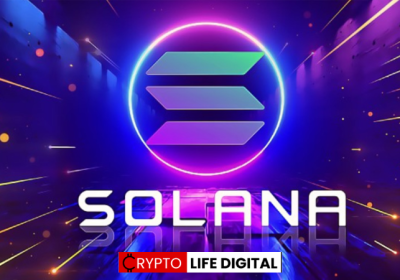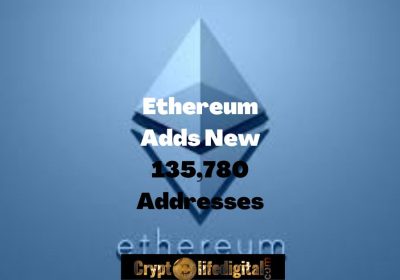Ethereum CEO, Buterin Vitalik Suggested solving Efficient Issues With How Memory Consumption Is Limited On The EVM In Order To Adjust Memory Gas Costs

Unfortunately, the increased adoption of Ethereum’s network has been seriously endangered due to the unbearable gas fees and scalability concerns.
For this reason alone, various DeFi projects consider to launching on the competing Layer 1 blockchain. For instance, Yuga Labs proposed that the ApeCoin DAO consider a migration to another Layer 1 blockchain. The vote was initiated then and the network voted against it narrowly. If not by now the project would have migrated to Avalanche.
The Ethereum CEO, Buterin, proposed earlier how the memory gas costs can be adjusted. He suggested solving efficient issues with how memory consumption is limited on the EVM.
Vitalik stated in the post “Currently, we limit the memory consumption of the EVM in two ways: a quadratic memory expansion cost and a de-facto call stack depth limit enforced with the EIP-150 “63/64 rule” These mechanisms are reasonably effective at their desired goal, but are both needlessly complicated and inefficient, punishing regular users too much and DoS attackers too little. This post proposes some alternative designs that better meet the key goal of limiting EVM memory usage”.
What Is the 63/64 rule?
This is a model set to prevent excessive memory consumption by having a contract recursively call itself and fill many call frames with an average total memory where the quadratic costs do not still really kick in for each frame, there is a limit on how many call frames can be made. This rule was integrated to bypass the explicit call stack depth limit of 1024 both to minimize the de-facto limit to weaken DoS attacks and to keep the scenario where malicious contracts sell-call 1023 times before calling another contract, causing that contract to behave unexpectedly.
Read Also: XRP Token Ahead Of The Altcoins As The Huge XRP Wallets Start Shifting Their Tokens
The challenges with the model in its current form are;
- Irregular and unprincipled different handling of how memory pricing works between expanding memory within a call frame versus between call frames.
- The lack of a distinct formula to determine theoretical max memory usage.
- Legitimate apps generally use a little number of call frames, and therefore legitimate apps have several lower maximum memory they can use than attackers.
- The concept of charging gas to expand memory is suboptimal.
The scalability challenge in Ethereum is planned to be dealt with as the network embarks on the “Merge”, the transition from the proof-of-work to proof-of-stake. as stated by Ethereum’s developer, Tim Beiko, the merge will be on the mainnet by the 19th September.
Ethereum Network To Handle 100K Transactions Per Seconds
Vitalik Buterin, the Ethereum co-founder stated the changes that will become the Ethereum network once the Merge is concluded At the Ethereum Community Conference that was held on Thursday in Paris.
“At the end of this road map, Ethereum will be a much more scalable system. By the end, there will be able to process 100,000 transactions per second as stated by the Ethereum CEO.”
The long-awaited transition from the proof-of-work to proof-of-stake is crucial to the Ethereum network at the moment as the PoW process consumes a lot of energy and power to authenticate the transaction on the blockchain by solving puzzles

Cryptolifedigital is a cryptocurrency blogger and analyst known for providing insightful analysis and commentary on the ever-changing digital currency landscape. With a keen eye for market trends and a deep understanding of blockchain technology, Cryptolifedigital helps readers navigate the complexities of the crypto world, making informed investment decisions. Whether you’re a seasoned investor or just starting out, Cryptolifedigital’s analysis offers valuable insights into the world of cryptocurrency.










